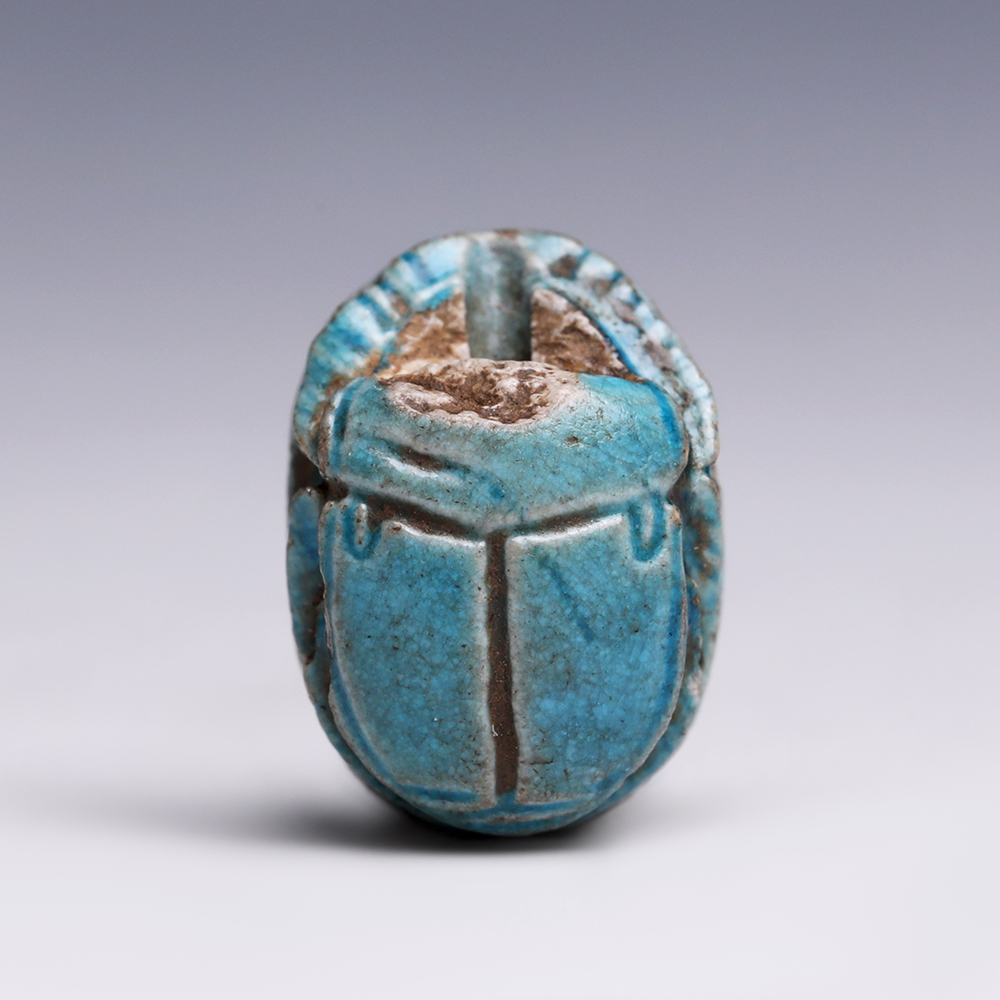Jewellery is a constant presence in human societies, showing a near universal obsession with adornment tracing back to prehistory. Currently, the archaeological record’s oldest example of a piece of jewellery comes from what is now Morocco – a necklace made from fishbones, estimated to be approximately 25,000 years old. However, evidence of ornamental beads goes […]
Blog
Lighting the Way
The ancient oil lamp, best described as ‘antiquities’ lightbulb’, give us a unique insight into daily life within the ancient world. They document not only sociological occurrences, but the development of the world’s religions, they aid in the dating of archaeological excavations and provide an in-depth insight into private life. Since the earliest of times, [...]
Making their Mark: A Concise Guide to Western Asiatic Stamp Seals
Differing from most of the delicate and sophisticatedly engraved stamps seals made of precious stones, the earliest ancient Near Eastern stamping devices were relatively large ceramic objects with a stem handle and with geometric patterns engraved on the bases. They have been extensively found in village settlements of the Neolithic period in Anatolia, Mesopotamia, Levant [...]

Totally Buggin’! The Sacred Scarab Beetles of Ancient Egypt
The ancient Egyptian scarab is a artistic symbol representing a creature indigenous to Egypt that famously rolls balls of dung in which it lay eggs. The Egyptians observed this bizarre process and believed it emulated the way in which the sun travels across the sky during the day. The scarab beetle was therefore a symbol […]
The Symbolism of the Spiral in Celtic Imagery
Early Spirals Spiral patterns, although associated now with the Celtic people, have in one form or another, been used in the art of many cultures worldwide. Appearing on rock art in Britain and Ireland as far back as the Neolithic period, spirals appear to have held important, though now forgotten, meaning with some of the [...]
Terracotta Tomb Attendants
Companionship and Service Grave goods in the shape of human figures, made from materials such as wood and terracotta, have a long history in Chinese culture. By the time of the so-called First Emperor, Qin Shi Huang, founder of the Qin dynasty, whose terracotta army is widely known as the most impressive example of terracotta [...]
Coptic Textiles
Textiles in Antiquity Compared with their counterparts in ceramics and metal, textiles from the ancient world are often hard to come by. The conditions required to preserve textiles are often very specific; amongst the few parts of the world that meet the requirements is Egypt. A hotspot of archaeological interest, Egypt’s hot, dry climate is [...]
Tibetan Bronze Figures
Tibetan Buddhist Art Tibet has been a central hub of Buddhist belief and practise since the 8th century AD, when it became the formal state religion. As a means of supporting worship, many Buddhist communities have long produced impressive and beautiful works of art. One such branch of Tibetan Buddhist art is the production of [...]
Egyptian Amulets and their Meanings: Ancient Egyptian Gods
Amulets in Ancient Egypt were both decorative and practical, as they were considered as having apotropaic powers to protect or bestow power upon the wearer. Not only worn by the living, amulets have been found inside the wrappings of mummies, as they were used to prepare the deceased for the afterlife. Amulets held different meanings, [...]
Hieroglyphs: An Introduction to the Ancient Egyptian Writing System
A Brief History of Hieroglyphs We owe the decipherment of Egyptian hieroglyphs to the French scholar and founding figure of Egyptology, Jean-François Champollion, and his decoding of the Rosetta stone, in the 1820s. Featuring both hieroglyphs and demotic (as well as Greek), the stone depicts two stages in Egypt’s written and spoken history. The Ancient [...]
